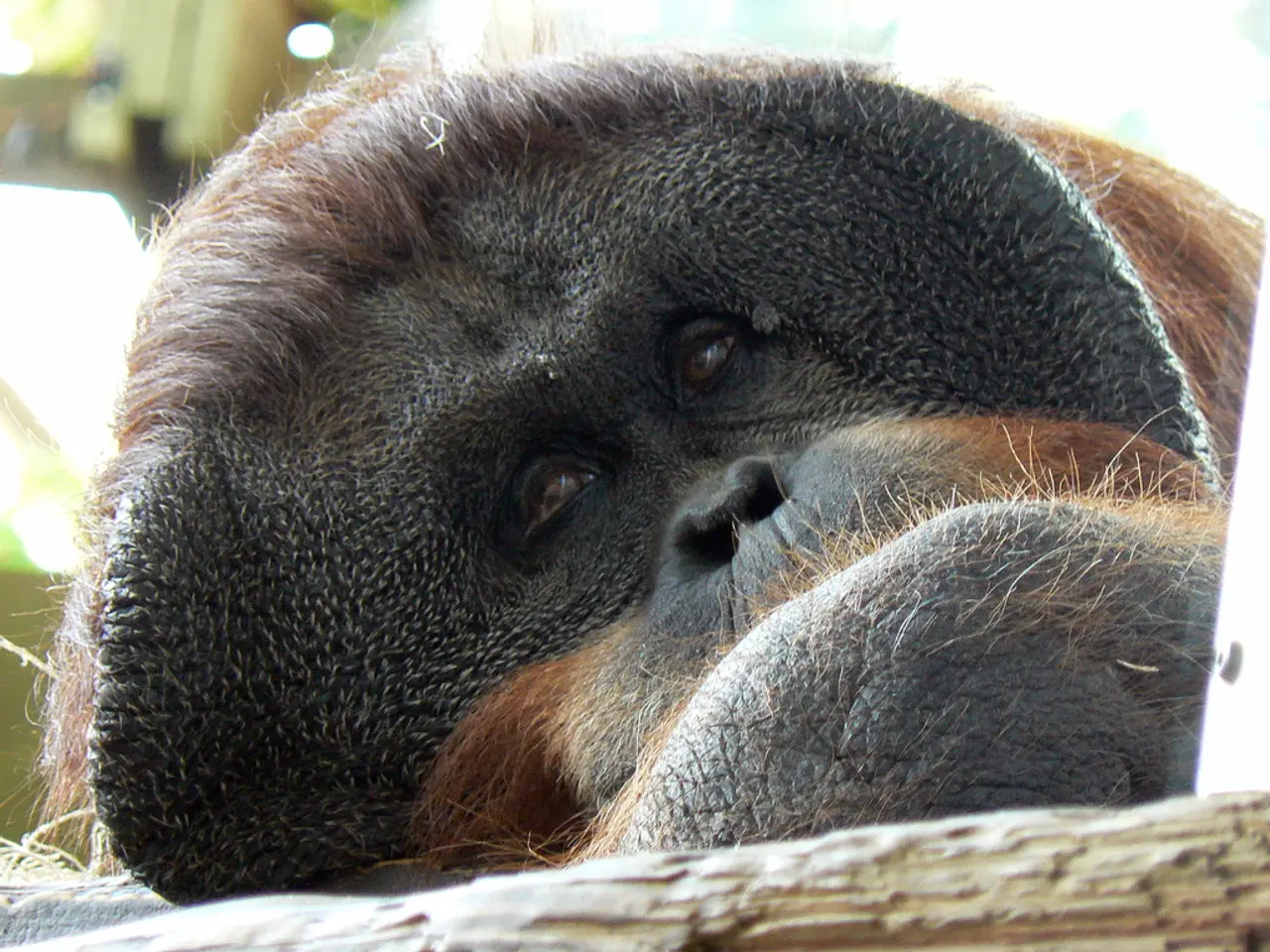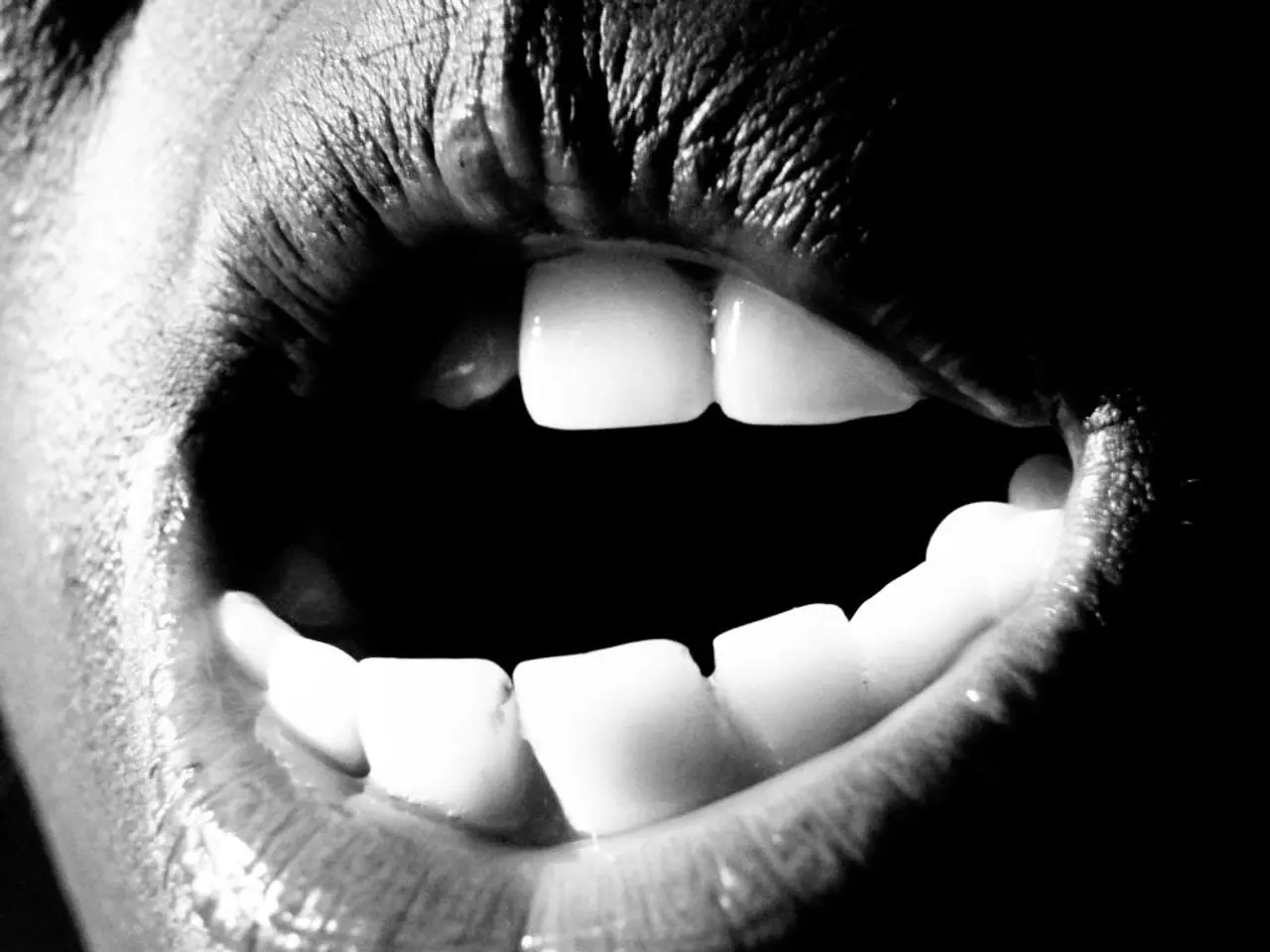Genetic traits from Neanderthals potentially linked to condition causing brain to protrude from skull
In a groundbreaking discovery, a recent study led by Kimberly Plomp, an osteologist at the University of the Philippines Diliman, suggests that Neanderthals may have passed on DNA linked to Chiari malformation type 1 (CM-I). The study, published in the journal Evolution, Medicine, and Public Health, sheds light on the possible causes of this neurological condition that affects around 1% of the population.
The research involved a detailed analysis of 3D CT scans of 103 living people's skulls to explore the idea that interbreeding between Neanderthals and modern humans in Eurasia could be the cause of CM-I. The findings revealed that the skulls of modern humans with CM-I were more similar in shape to Neanderthal skulls than those without the malformation.
One of the co-authors, Collard, stated that the findings may bring them closer to understanding the causal chain of CM-I. However, he emphasized that the study does not definitively prove a link between this disorder and Neanderthal genes.
The study found that in people with CM-I, the occipital bone, located at the back of the skull, is not big enough to hold the brain properly, causing part of the cerebellum to protrude through the hole at the base of the skull and into the spine. This condition affects the lower part of the cerebellum, a part of the brain that helps control motions, and can lead to symptoms such as headaches, neck pain, dizziness, and in severe cases, can be fatal.
Collard suggested that future work could analyze more skulls, especially fossil ones, and collect data from Africa to further strengthen the evidence supporting this hypothesis. If a link between Neanderthal genes and CM-I is confirmed, screening for such genes could be added to early childhood health assessments, as proposed by Collard.
This research provides a plausible causal chain linking Neanderthal genetic introgression to a serious neurological condition. The "Archaic Homo Introgression Hypothesis," proposed earlier in 2013, suggested that skull traits from Neanderthals, Homo erectus, and Homo heidelbergensis inherited through interbreeding could underlie CM-I, and recent studies now offer stronger morphological and genetic evidence supporting this.
[1] Plomp, K., et al. (2022). Neanderthal introgression and craniofacial morphology in Chiari malformation type 1. Evolution, Medicine, and Public Health.
[2] Collard, M., et al. (2022). The role of Neanderthal DNA in Chiari malformation type 1: A potential link. Nature Reviews Genetics.
[3] Green, R. E., et al. (2013). Archaic Homo Introgression Hypothesis: A new perspective on Chiari malformation type 1. Journal of Human Evolution.
[4] Krause, J., et al. (2017). Neanderthal and Denisovan contributions to modern human craniofacial diversity. Science.
- The study led by Kimberly Plomp suggests that a genetic link between Neanderthals and medical-conditions like Chiari malformation type 1 (CM-I) could be attributable to interbreeding between Neanderthals and modern humans, contributing to the health-and-wellness discourse regarding potential genetic origins of such conditions.
- The discovery of a plausible causal chain linking Neanderthal genetic introgression to CM-I, as seen in the study by Plomp et al., aligns with the Archaic Homo Introgression Hypothesis proposed earlier, strengthening the evidence for the role of medical-conditions in health-and-wellness studies related to the inheritance of skull traits from Neanderthals, Homo erectus, and Homo heidelbergensis.




